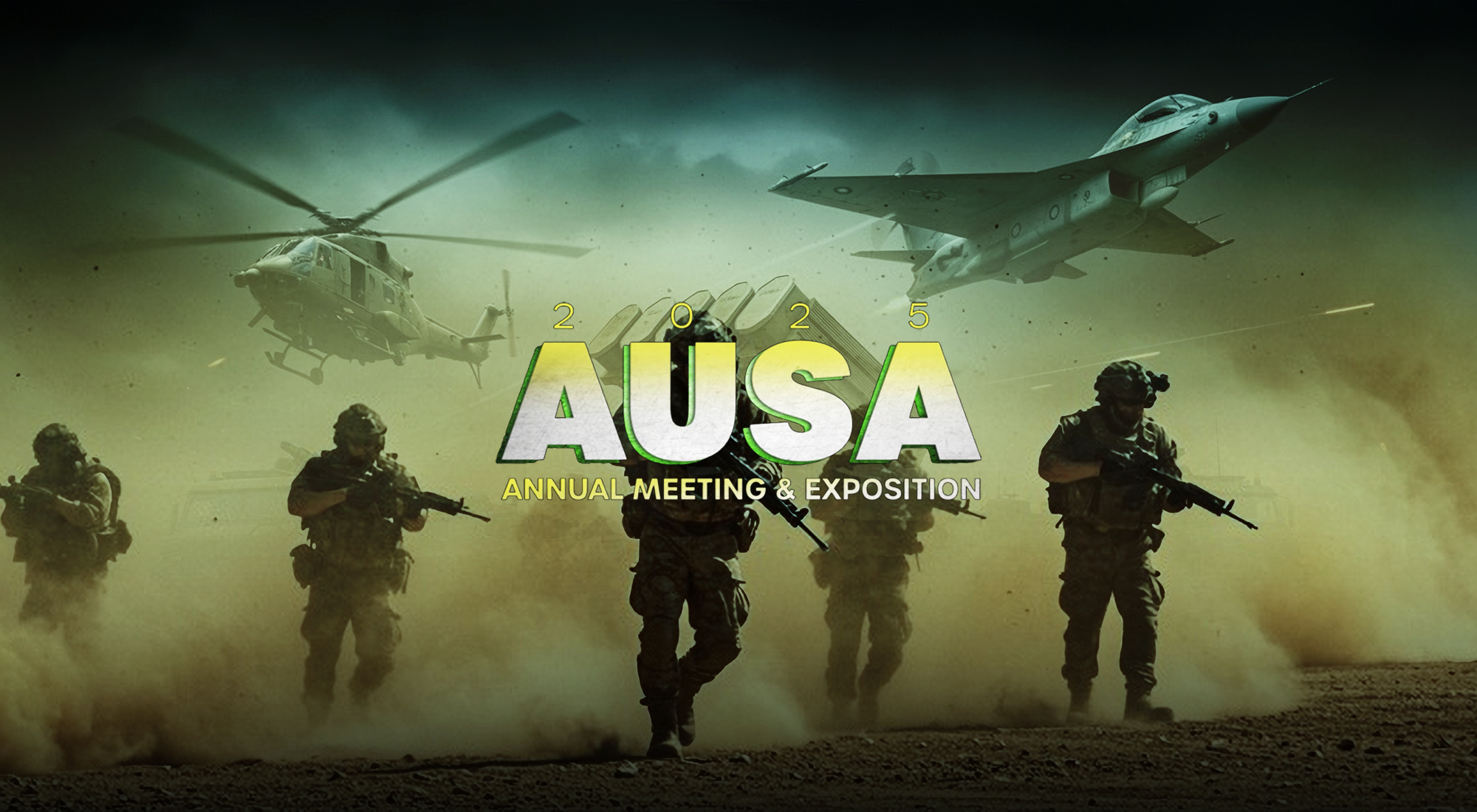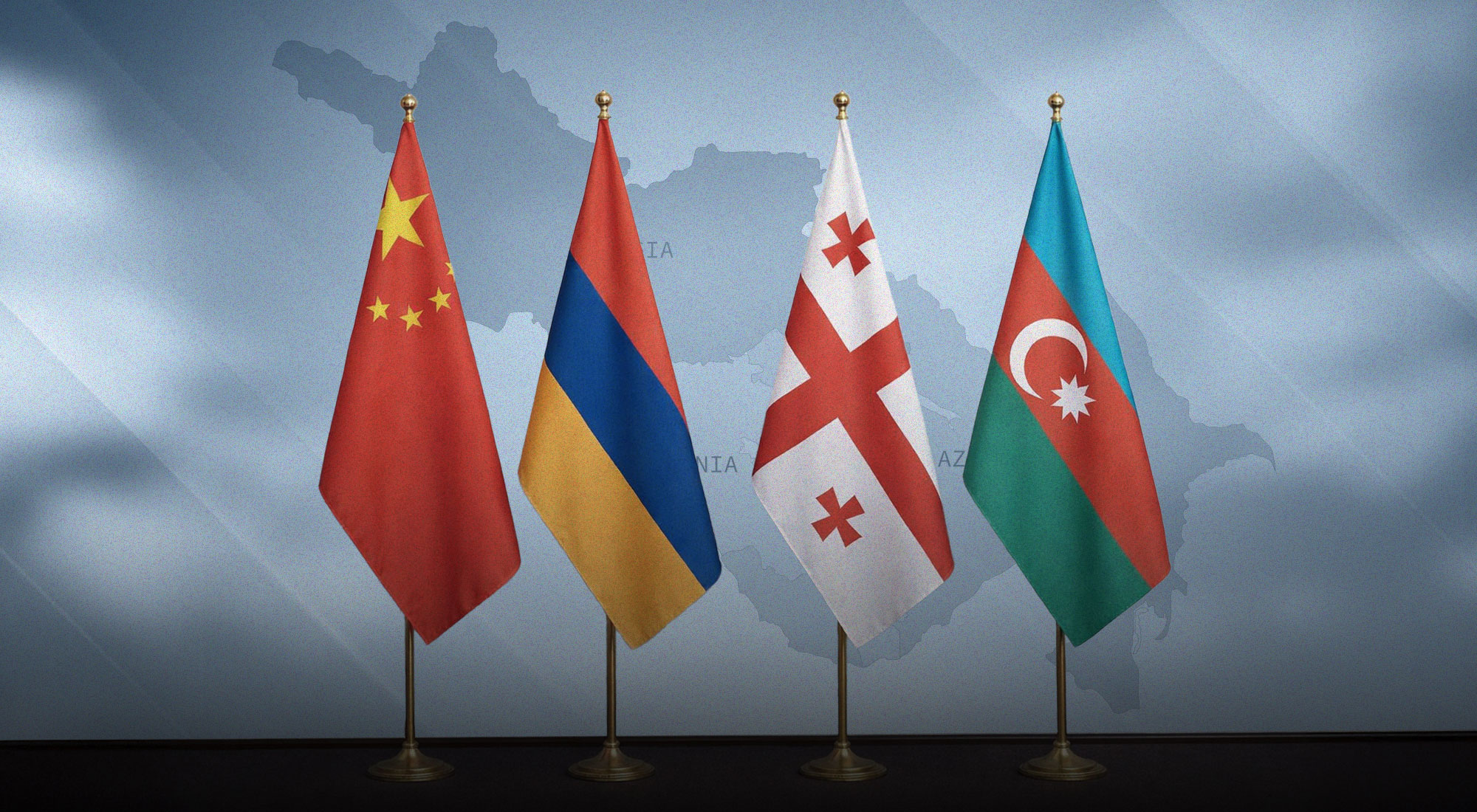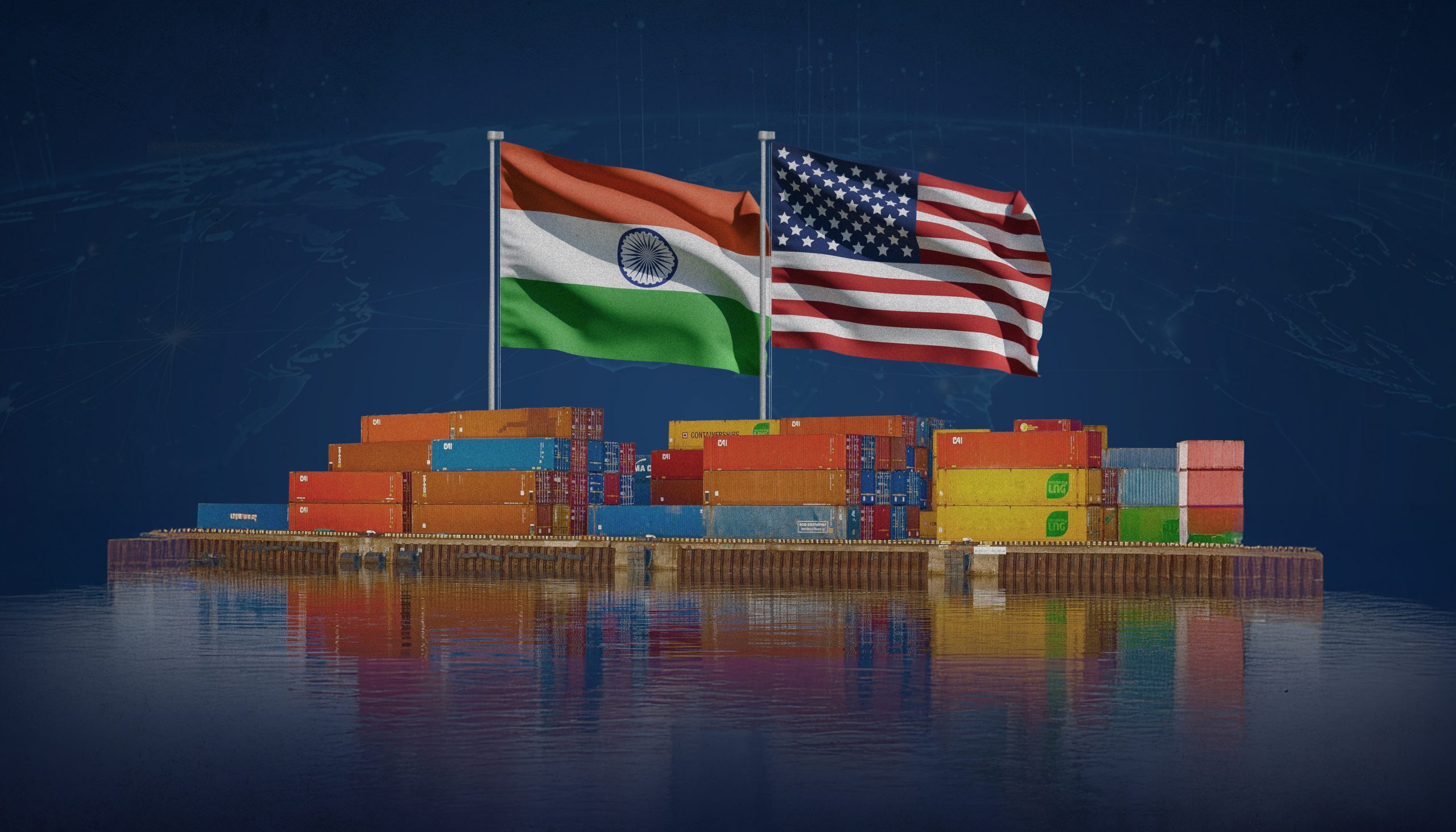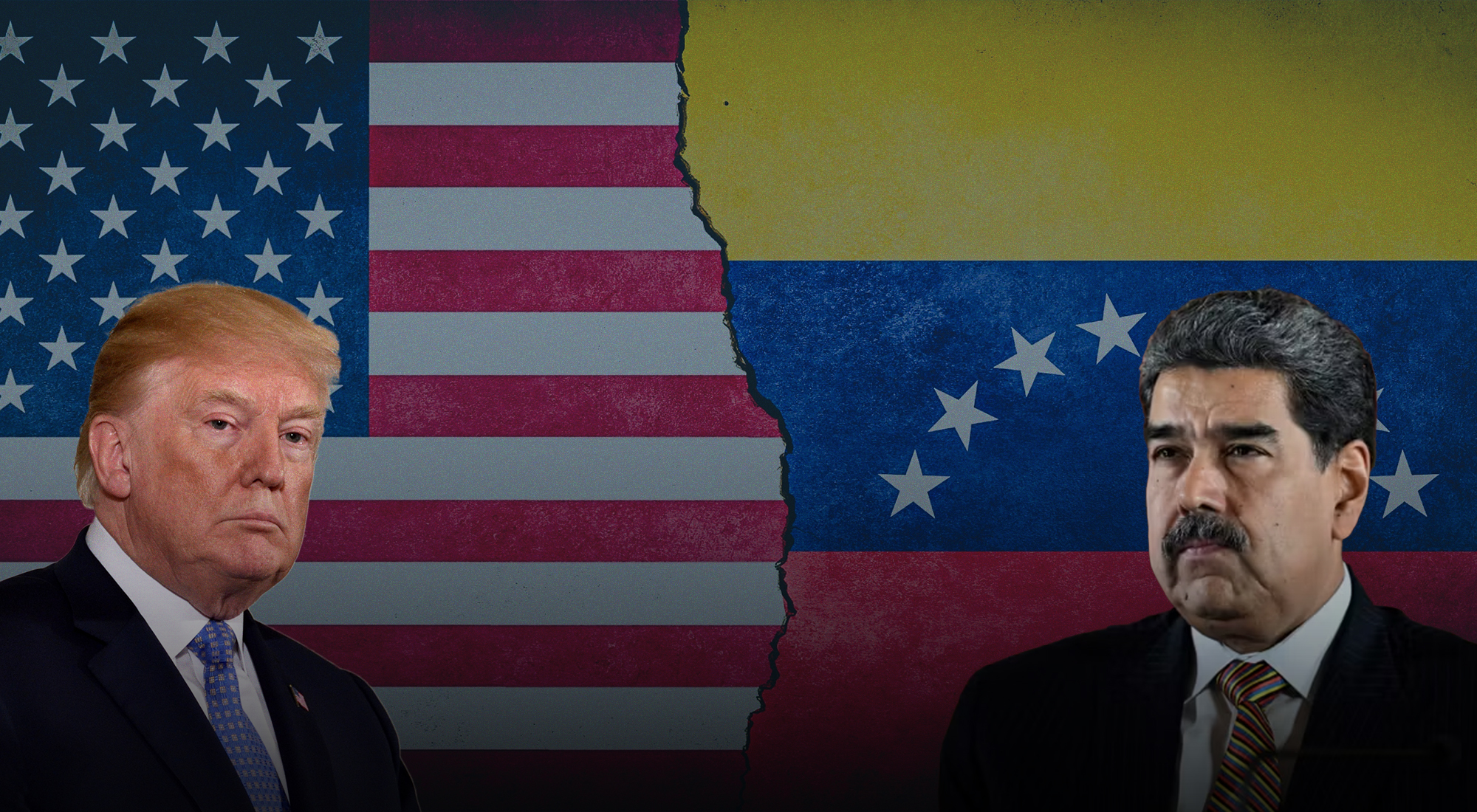Introduction
China’s transformation from a communist, self-sufficient economy to a hybrid of central planning and free market capitalism has threatened the dominance of the United States. In reaction, the U.S. is pressuring China to adopt democratization and globalization to become more in line with the West’s liberal world order. This conflict between a unipolar world and a multipolar world will largely shape the history of the 21st century. This paper will examine how China’s ascendance will affect the global power structures.
“Imperial overstretch”: Will foreign misadventures be the U.S.’s downfall?
There are numerous ways to observe where power is concentrated within the international system. One method is to distinguish between power transitions or polarities based on historical periods. After the fall of the Soviet Union in the early 1990s, the geopolitical balance of power in the world shifted from a bipolar to a unipolar system led by the U.S. Liberalism and capitalism dominated the international order, and the U.S. projected military strength economically, politically and militarily. According to conservative columnist Charles Krauthammer, the U.S. had become “the unrivaled superpower.”[1]
U.S. displays of hegemony have brought destruction in places such as Afghanistan, Iraq, and Libya. The Carter Doctrine, crafted in the 1970s and named for president Jimmy Carter, held that the U.S. could use any force necessary against threats to the country, and was used to justify these invasions, even though they did little to export the supposed virtues of liberalism. To execute these military incursions, the U.S. leveraged its power to convince countries to contribute, either with troops, as in the First Gulf War in 1990-1991, or by helping to block arms deals or technology transfers to their opponents, as was the case in Iraq.[2] To complement this hard power, the U.S. has used soft power by, for example, using its media allies to portray its enemies in a negative way. In some cases, these news reports were wrong, as was the case with the supposed proof of Weapons of Mass Destruction that was used as a pretext to invade Iraq in 2003.[3]
This enormous power, however, has come at a price. Military expenditure as a percentage of GDP[4] declined between the 1990s and 2008, perhaps because of the unpopularity of these failed U.S. invasions that caused the country to run budget deficits from 2000 to 2008.
The U.S. remains a dominant power — militarily in sea, land, air, and space;[5] economically; and technologically — but it is currently suffering through a period of “imperial overstretch.” The adventures in Afghanistan and Iraq cost the country, not only in material terms[6] but in terms of international reputation. The disastrous U.S. withdrawal from Afghanistan in August 2021 further hurt the country’s image and might have encouraged competitors to take advantage during this period of weakness. Mere months after the Kabul debacle, Russia decided launch an attack on Ukraine while China mobilized its military around Taiwan.
China makes its move
Many scholars question whether other global states should counterbalance the U.S.; however, many of these countries, especially those from the European Union, benefit from the unipolar system, receiving the security of the mighty U.S. military without having to commit funds to their own defence outside of North Atlantic Treaty Organization fees.[7] The flip side of this lenient attitude toward keeping the U.S. in check is that it left the door open for emerging powers such as China.
With the world’s largest army, an advanced arsenal, and nuclear capabilities, China appears to be the most likely to challenge the U.S. The Chinese Communist Party has become more aggressive in its pursuit of their agenda recently, rattling their sabres over Taiwan.[8] China has increased its defense expenditures, improved its deterrent capabilities, and expressed its determination to consolidate its power.[9] Asian allies of the U.S. are more concerned about a potential threat from China than from the U.S.[10]
More than any other predecessor, President Xi Jinping wants China to be a leader on the global stage. His dream is to make the world safe for authoritarian states to exercise their agenda and rule without fear of the liberal “rules based order.” Xi’s realist worldview is that the world needs China’s guidance to ensure world prosperity and peace, and he embraces an assertive leadership role in global affairs to support this.
China projects its vision through its foreign policy, which prioritizes the importance of China’s territorial integrity and security of the state, but presents an image of shared destiny with its allies.[11] Xi wants to be seen as a reformist rather than a revisionist, and he seeks validation from other global actors. He believes in sovereign equality or the idea that Western countries should respect state behavior, even if it means tolerating human right abuses. To manifest this vision, Xi has used economics, easing market access for multinational companies and building infrastructure projects such as the Belt and Road Initiative and Asian Infrastructure Investment Bank.[12] The results indicate that the approach is working. China’s GDP increased by 3,983% between 1990 and 2020, rising from $360 billion to $14.7 trillion, while its share of global production increased from 1.6% in 1990 to 17.4% in 2020.[13] China has surpassed the U.S. based on some economic indicators, and leads the world in the areas of renewable energy and technology. If it continues to expand, it will be one of the notable actors challenging the international system’s status quo.
Another factor that threatens U.S. supremacy is China’s improvements in military capacity. In 2000, China’s military spending was only 7% of the U.S. total. By 2010, it was 16%, and by 2020, China spent $252 billion on military development. According to the U.S. Department of Defense, China’s goal is to achieve military modernization by 2035, a process they began in 2017. To increase the security of its volatile maritime trade routes, China has also built a powerful navy, and the country has rapidly transformed its airpower, which now rivals the U.S. The creation of the J-20 jet, the world’s most-used aircraft, exemplifies the country’s strides in fighter jet technology, but China has also become a world leader in unmanned aerial vehicles (UAV). UAVs have allowed the People’s Liberation Army to increase its surveillance and intelligence capabilities using the latest in modern war technology.[14] China’s nuclear arsenal size has gradually grown and currently stands at 300 nuclear weapons. It is expected to reach 700 around 2027 and 1000 near 2030.[15]
Any state that spends the majority of its income on its military signals that it intends to achieve its agenda[16] through any means necessary. The transformation of China’s military, therefore, has regional and global consequences.
Belt and Road vs. Build Back Better
China has watched Russia’s aggression in Ukraine with interest to learn what to do and what not to do in the pursuit of its own goals. President Xi’s government has seen not only how the U.S. and its Western allies have responded militarily to Russia’s operations, but also to the economic sanctions they have levied, including kicking Russia off of SWIFT, the international banking system. Whatever the outcome of the war, a new paradigm will emerge.
Should the war go on long enough, Russia will exhaust European and American military supplies and increase China’s chances of success in any military action it may take.[17] China might also take advantage of the West’s focus on Ukraine and be bolder in pursuing its own territorial goals, for example, in Taiwan.[18] President Xi’s administration must be careful to balance its aggressiveness with its new-found role as mediator in the Russia-Ukraine conflict. Should China be able to negotiate and/or enforce a ceasefire, the country will have power that might outweigh the advantages that crossing the Taiwan Strait might bring.[19]
Economically, Russia will look to China and Eastern markets now that it is being shunned in the West.[20] This could be a boost for China’s economic sector, though the country must make sure to avoid the sanctions imposed on Russia. The West’s reaction to the Ukraine war could also be a catalyst for the BRICS countries (Brazil, Russia, India, China, and South Africa) to escalate their challenge to America’s position as a global economic power, especially if the partnership includes members of China’s Belt and Road Initiative or its Global Security Initiative,[21] which was formed as a replacement for the current global, liberal political order. Given the debanking of Russia, countries worried about suffering a similar fate have started talks about developing an alternative to the U.S. dollar as the reserve currency. Should they be able to peel away Saudi Arabia and its petrodollar, this alternative “basket of currencies” would create a potential crisis in an already debt-ridden U.S. economy.[22]
The U.S. has launched several measures to prevent China from ascending any further. The Build Back Better World (B3W) is an initiative launched by the U.S. and the G7 to promote global infrastructure and focus on health, climate, health security, digital technology, human rights, and gender equality.[23] Some have called B3W a copy of the Belt and Road Initiative, signaling the U.S.’s concerns about China, but the plan could also mirror previous unsuccessful attempts. The U.S. pushed its G7 partners, especially the United Kingdom, Germany, France, and Japan to get on board with B3W, even playing on the ideological bond of “democracy” to get them to agree.
Another project directed by the U.S to counter China’s influence is The Association of Southeast Asian Nations (ASEAN). ASEAN aids developing countries, and promotes economic growth and cooperation in the South China Sea region, which sees $5.3 trillion in trade each year,[24] but the main goal of the initiative from the U.S.’s perspective is security cooperation against China. Critics of the strategic partnership have noted that ASEAN countries have handed the U.S. control of their economies and security, and question whether the costs of the deal outweigh the benefits.[25] The project has also led to disturbances in regional cooperation, because the U.S. selected certain Asian countries to join ASEAN and disregarded others.
Conclusion
The world appears to be experiencing its biggest transition since 1991. We are in the midst of a second Cold War, and the strained relationship between China and the U.S. will continue unless the two countries come to an understanding and avoid the Thucydides Trap, a term coined by scholar Graham T. Allison to define superpower actors’ strong tendency to wage war against an emerging power. The emerging international system can take one of three paths:
- The international system will shift from a single superpower to a multipolar system. In this scenario, the current hegemonic U.S.-led system will fall, and international coalitions such as BRICS will rise. This new outlook does not mean that the rest of the world will become anti-American, but rather that countries will have something other than neo-liberalism to choose from. There has been a significant increase in collaboration between Russia and China, and both countries seem increasingly willing to band together against the Western bloc.[26] The two countries signed a historic pact before the Beijing Winter Olympics in February,[27] and China refused to condemn Russia’s attack against Ukraine at the UN Security Council on 26 February 2022, perhaps because they see the similarities with their intentions toward Taiwan.
- A new and improved unipolar world order will emerge. In this scenario, the U.S. and Europe strengthen their historical ties and uphold their alliance to continue to drain Russia militarily and economically.[28] NATO and the EU continue their sanctions on Russian trade, transportation, and financial services, revealing the constraints of China’s alignment with Russia. Some European countries, including Germany, change their foreign policy to correspond with the U.S. agenda, reinforcing unipolarity. The most crucial choice that might lead to this scenario is the willingness of Western governments to send large sums of money and arms to Ukraine. The Russia-Ukraine war might thus serve as a wake-up call to the Western bloc to beef up its capabilities.[29]
- Bipolarity ensues. The current conflict between Russia and Ukraine costs Russia its place in the international world order, but Europe also ends up depleted, both politically and economically, as a result of its military expenditure. In this scenario, only the U.S. and China remain as world powers.[30]
References
[1] Boris Bondarev, Masih Alinejad, Cai Xia, Jeremy Wallace, Richard Haass, and Michelle Gavin, “The World after the Cold War,” Foreign Affairs, September 6, 2022, https://www.foreignaffairs.com/lists/world-after-cold-war.
[2] Gregory F. Gause III, The International Relations of the Persian Gulf (Cambridge: Cambridge University Press, 2009), doi:10.1017/CBO9780511818264.
[3] Glenn Kessler, “Analysis: The Iraq War and Wmds: An Intelligence Failure or White House Spin?” The Washington Post, March 25, 2019, https://www.washingtonpost.com/politics/2019/03/22/iraq-war-wmds-an-intelligence-failure-or-white-house-spin/.
[4] Joel Wuthnow and M. Taylor Fravel, “China’s Military Strategy for a ‘New Era’: Some Change, More Continuity, and Tantalizing Hints,” Journal of Strategic Studies (2022): pp. 1–36, doi:10.1080/01402390.2022.2043850.
[5] Fareed Zakaria, “The Future of American Power,” Foreign Affairs, September 8, 2022, https://www.foreignaffairs.com/articles/united-states/2008-05-03/future-american-power.
[6] Ibid.
[7] Charles L. Glaser, “Why Unipolarity Doesn’t Matter (Much),” Cambridge Review of International Affairs 24, no. 2 (2011): pp. 135–47, doi:10.1080/09557571.2011.570740.
[8] Samuel S. Kim, “China as a Great Power,” Current History, September 5, 1997, https://www.proquest.com/magazines/china-as-great-power/docview/2249955474/se-2.
[9] Charles L. Glaser, “Why Unipolarity Doesn’t Matter (Much),” Cambridge Review of International Affairs 24, no. 2 (2011): pp. 135–47, doi:10.1080/09557571.2011.570740.
[10] “ASEAN, China Reaffirm Commitment to Enhance Strategic Partnership, ” Association of Southeast Asian Nations, May 18, 2021, https://asean.org/asean-china-reaffirm-commitment-to-enhance-strategic-partnership/.
[11] Steve Tsang and Olivia Cheung, “Has Xi Jinping Made China’s Political System More Resilient and Enduring?” Third World Quarterly 43, no. 1 (2022): pp. 225–43, doi:10.1080/01436597.2021.2000857.
[12] Ibid.
[13] Kemal Inat and Melih Yildiz, “Will the Rise of China Transform the International System?” Insight Turkey 23, no. 4 (2021): pp. 231–58, doi:10.25253/99.2021234.13.
[14] Ibid.
[15] Lora Saalman, “China’s Military Advances Strengthen Case for Strategic Stability Dialogues,” AsiaPacific Issues, no. 153 (2022): pp. 1–4, https://search-ebscohost-com.zulib.idm.oclc.org/login.aspx?direct=true&AuthType=ip&db=asn&AN=156945025&site=ehost-live.
[16] Joel Wuthnow and M. Taylor Fravel, “China’s Military Strategy for a ‘New Era’: Some Change, More Continuity, and Tantalizing Hints,” Journal of Strategic Studies (2022): pp. 1–36, doi:10.1080/01402390.2022.2043850.
[17] Bonny Lin and Jude Blanchette, “China on the Offensive,” Foreign Affairs, September 14, 2022, https://www.foreignaffairs.com/china/china-offensive.
[18] Iliya Kusa, “China’s Strategic Calculations in the Russia-Ukraine War,” Wilson Center, June 21, 2022, https://www.wilsoncenter.org/blog-post/chinas-strategic-calculations-russia-ukraine-war.
[19] Yunis Sharifli, “Analysis — Russia-Ukraine War: Opportunity or Threat for China?” Anadolu Ajansı, March 23, 2022, https://www.aa.com.tr/en/analysis/analysis-russia-ukraine-war-opportunity-or-threat-for-china/2543101.
[20] Iliya Kusa, “China’s Strategic Calculations in the Russia-Ukraine War,” Wilson Center, June 21, 2022, https://www.wilsoncenter.org/blog-post/chinas-strategic-calculations-russia-ukraine-war.
[21] Ibid.
[22] George Glover, “Russia and China Are Brewing up a Challenge to Dollar Dominance by Creating a New Reserve Currency,” Business Insider, July 24, 2022, https://markets.businessinsider.com/news/currencies/dollar-dominance-russia-china-rouble-yuan-brics-reserve-currency-imf-2022-6?op=1.
[23] Li Ling, “Will B3W Challenge the Belt and Road Initiative?” Beijing Review 64, no. 28 (2021): pp. 30–31, https://search-ebscohost-com.zulib.idm.oclc.org/login.aspx?direct=true&AuthType=ip&db=asn&AN=151374446&site=ehost-live.
[24] Satu P. Limaye, “United States-ASEAN Relations on ASEAN’s Fortieth Anniversary: A Glass Half Full,” Contemporary Southeast Asia: A Journal of International and Strategic Affairs 29, no. 3 (2007): pp. 447-464, muse.jhu.edu/article/230628.
[25] Peter A. Petri, and Michael G. Plummer, “ASEAN Centrality and the ASEAN-US Economic Relationship,” SSRN Electronic Journal, November 13, 2013, https://doi.org/10.2139/ssrn.2319426.
[26] Faisal Bandar, Liam Will, and Alex Abarca, “CFR President Richard Haass on World Order and the Challenges of the Future,” The Yale Review of International Studies, August 24, 2021, http://yris.yira.org/comments/5414.
[27] Ankasam Ekip, “Russia-China Partnership Agreement,” The Asia Today, February 11, 2022, https://theasiatoday.org/editorials/russia-china-partnership-agreement/.
[28] Robert Jarvis, “The Remaking of a Unipolar World,” Washington Quarterly 29, no. 3 (2006): pp. 7–19, doi:10.1162/wash.2006.29.3.5.
[29] Faisal Bandar, Liam Will, and Alex Abarca, “CFR President Richard Haass on World Order and the Challenges of the Future,” The Yale Review of International Studies, August 24, 2021, http://yris.yira.org/comments/5414.
[30] Ibid.








